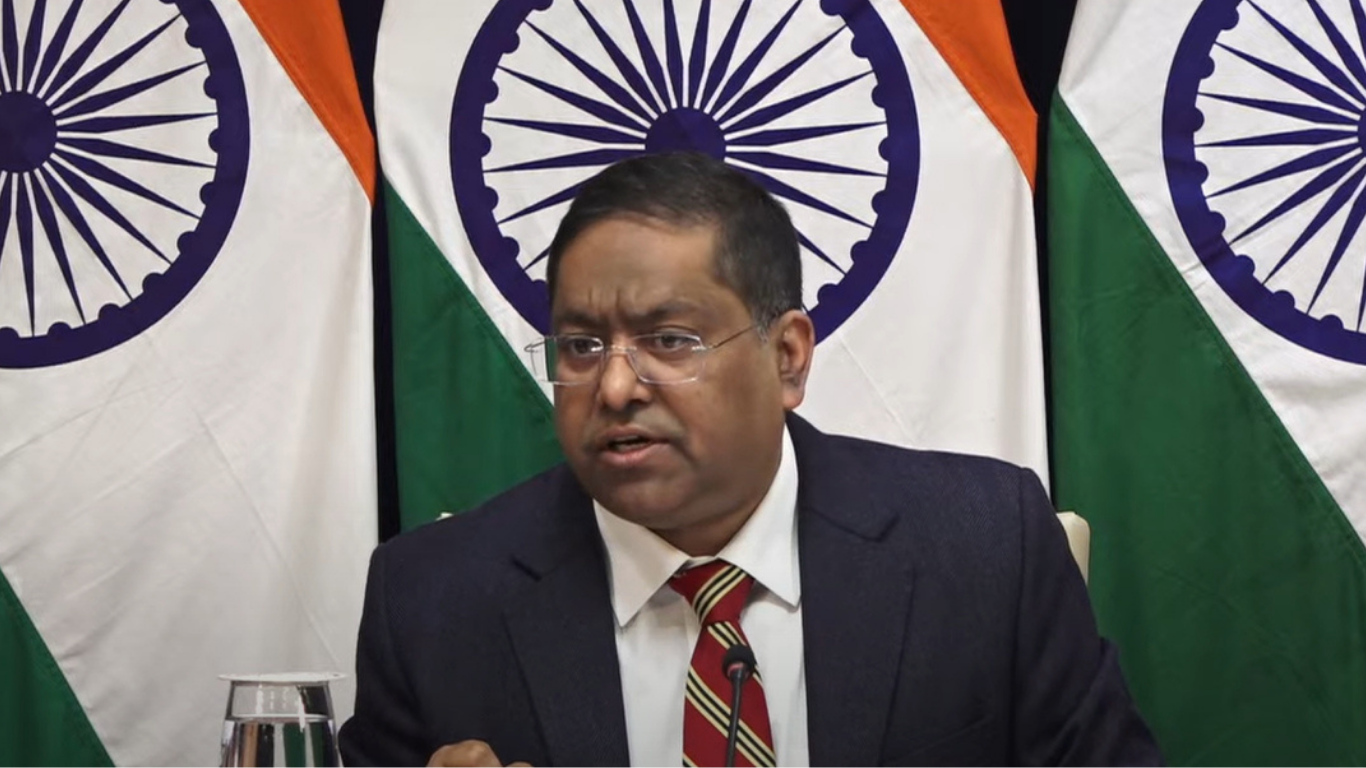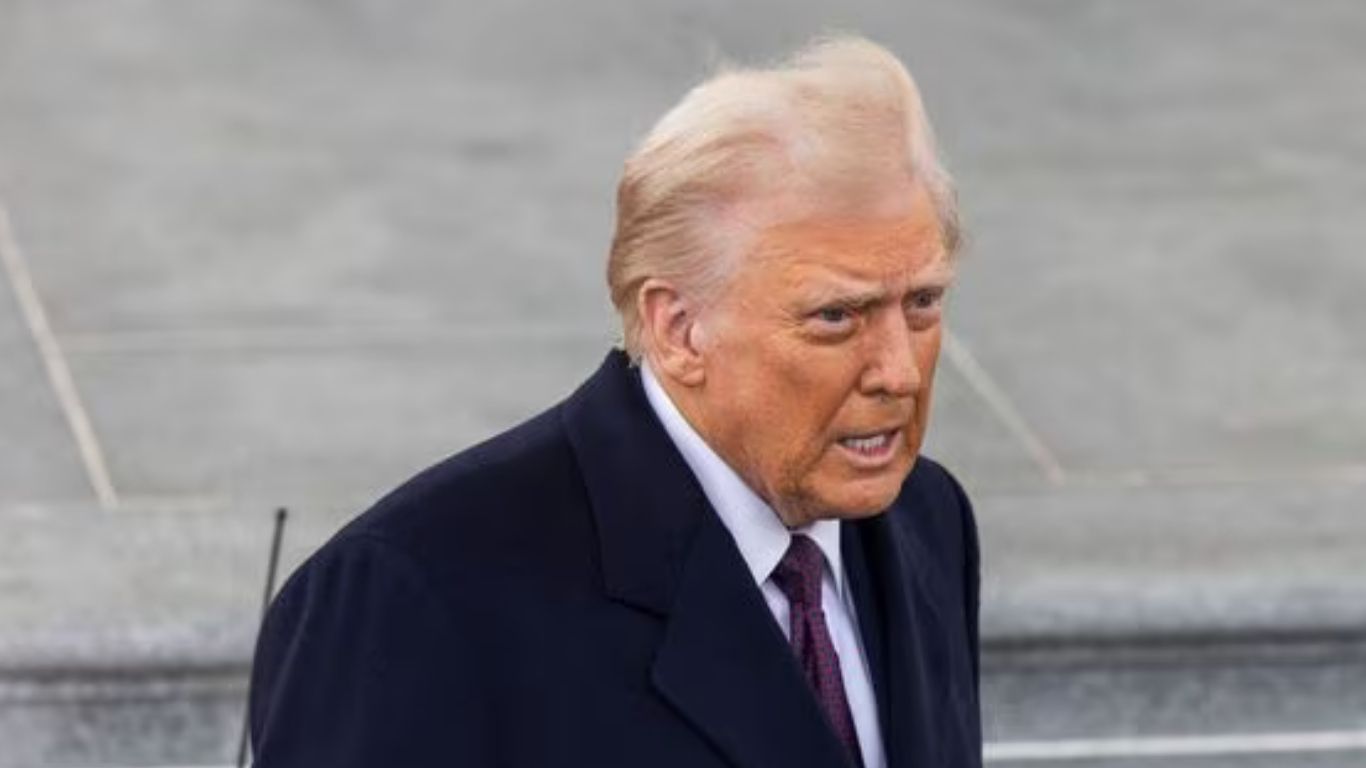India has officially objected to China’s establishment of two new counties, parts of which include territories under the Union Territory of Ladakh. The Ministry of External Affairs (MEA) communicated India’s protest through diplomatic channels, asserting that it does not recognize China’s illegal occupation of Indian territory.
China’s Announcement of New Counties
On December 27, Chinese state media outlet Xinhua reported the establishment of two new counties—He’an County and Hekang County—in northwest China’s Xinjiang Uygur Autonomous Region. The counties will be administered by Hotan Prefecture.
MEA spokesperson Randhir Jaiswal clarified that parts of these “so-called counties” fall under Indian territory in Ladakh. He emphasized India’s unwavering stance on the region:
“We have never accepted the illegal Chinese occupation of Indian territory in this area.”
India’s Strong Rebuttal
Jaiswal further stated that the creation of these counties does not alter India’s position or lend any legitimacy to China’s occupation of the area. He asserted that:
“The creation of new counties will neither have a bearing on India’s long-standing and consistent position regarding our sovereignty over the area nor lend legitimacy to China’s illegal and forcible occupation of the same.”
India has lodged a formal protest with the Chinese government over the announcement.
China’s Hydropower Project on Brahmaputra River
In a related development, India has raised concerns over China’s construction of a hydropower project on the Yarlung Tsangpo River in Tibet, which flows downstream as the Brahmaputra in India.
The MEA spokesperson reiterated India’s position as a lower riparian state with established rights to the river’s waters. He noted that India has consistently raised concerns with China through both expert-level talks and diplomatic channels.
Jaiswal stressed the importance of transparency and consultation:
“The Chinese side has been urged to ensure that the interests of downstream states of the Brahmaputra are not harmed by activities in upstream areas.”
India’s Stance on Territorial and Water Rights
India continues to monitor developments regarding China’s activities in these regions. The government is committed to protecting its territorial sovereignty and the rights of downstream states over shared water resources.
These diplomatic protests reflect ongoing tensions between the two neighbors, particularly concerning border disputes and shared natural resources.















